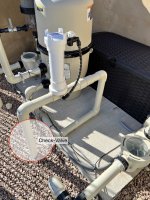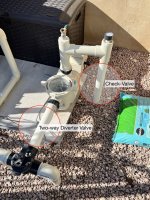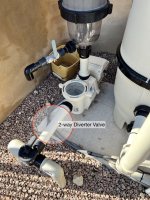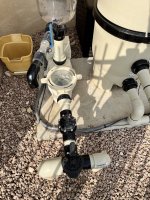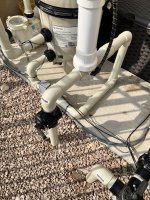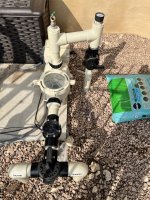Turbo1Ton
Gold Supporter
- Dec 26, 2019
- 2,003
- Pool Size
- 14500
- Surface
- Plaster
- Chlorine
- Salt Water Generator
- SWG Type
- Pentair Intellichlor IC-40
I have our electrician coming out, supposedly this week, hmmm, its already Thursday, to look at our setup. We have a breaker box at the pumps and then the lines go to our main box at the house. I haven't bought a generator yet but looked at several online and waiting until our electrician can tell me options for size. One was 4500 and the other 6500. I was asking him to put a surge protector at our breaker box near the pumps, but since we have a whole house surge protector, I may squash that idea for now. We get a lot of strikes and were thinking of added protection but asking a number of folks, it may not be needed. My whole house surge protector is 12 years old but it still has a green light so I guess it still has some charges left for strikes.
Regarding your surge protection, surge protection devices wear out over time. The LED may still show green, but its useful life may be long gone. You should read the manual for your specific device to determine what the lifespan is.
You also want surge protection close to the devices you want protected. Having it on the main is a good plan, but that will not help if the surge comes in through another path, on the other side of the house from the main. For example, I had a whole house SPD installed, and had a strike nearby, and that surge took out part of my pool automation panel. Not sure if it came in through the electrical lines or through the network lines, but point being, you need more than just a single SPD for all your devices to be protected. After that, I added SPD's on my network connections, as well as right at the pool panel, and I replaced the whole house one, as it was ~10 years old, and had exceeded its useful life.
--Jeff


